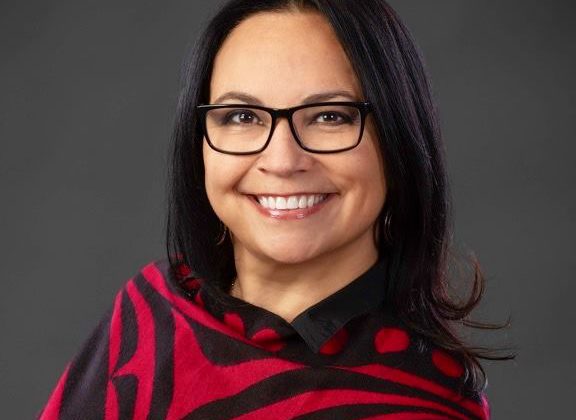First nations residents in BC are dying at a 5.5 times higher rate from an overdose than others in BC.
That’s according to the latest data from the First Nations Health Authority, which spans from January to October of this year.
To help combat this, the BC government has allocated 1.3-million dollars to help rural and Indigenous communities battle the overdose crisis.
Carrier Sekani Family Services Director, Mary Teegee told Vista Radio their demographic continues to use illicit substances because they are in pain.
“People don’t self medicate because they choose to, they self medicate because of the trauma. We have had multi-generational trauma dating back to the residential schools and we recently heard from the Truth and Reconciliation Commission about the horrific events that have plagued our nation.”
She hinted with the north vastly spread out, the region often encounters some geographical challenges.
“We know that in the north we have very unique needs, limited services and access to services is difficult, access to professionals such as psychologists, psychiatrists and that western-based modality of treatment is very hard to access in communities.”
“We also need to look at strengthening our structures and our own traditional healing ways as well and really concentrate on that.”
In addition, The POUNDS Project in Prince George also issued the following statement in regards to the government dollars:
We would be excited about this initiative had we not already endured almost five years of endless deaths of our friends, coworkers, clients, and community members. But, we welcome it. We are hopeful for what it means both for our own organization, which has an Indigenous client encounter rate of over 75%, to be able to expand our services in Prince George, and for other overdose prevention services in the Northern Health Authority area, given our region has the highest overdose death rate in the province. We wholly agree with the findings of the Rural and Indigenous Overdose Action Exchange, which align with the values of the Pounds Project: Overdose prevention services need to have the leadership and programming input of peers (persons with lived or living experience of drug use) and to be personal, low-barrier, creative, client-centered, holistic, judgment-free, and patient. – Juls Budau, Interim Executive Director, The Pounds Project
Five of Northern Health’s illicit drug deaths have come from Prince George in October.
The highest death rate from illicit drugs continues to be in Northern Health, with 44 per 100,000 compared to BC’s average of 32 per 100,000.
In addition, the Coroner Service added the Northern Interior Health Service Delivery Area, which encompasses PG-Quesnel-Burns Lake and the Robson Valley, continued to have the second-highest drug toxicity death rate at 53.9 per 100-thousand people, trailing only Vancouver (57.0).
Prince George has accounted for 43 of the health authorities’ 106 deaths this year.
The northern capital has recorded 127 illicit drug deaths between 2018-2020, which is the third-highest number in the province only behind Kamloops (133) and Vancouver (971).
Something going on in the Bulkley Valley Lakes District you think people should know about?
Send us a news tip by emailing [email protected].





